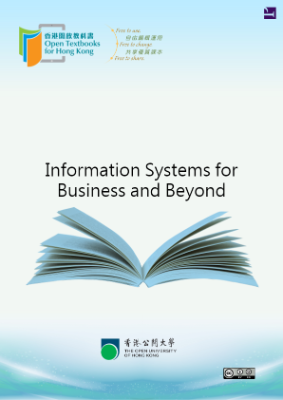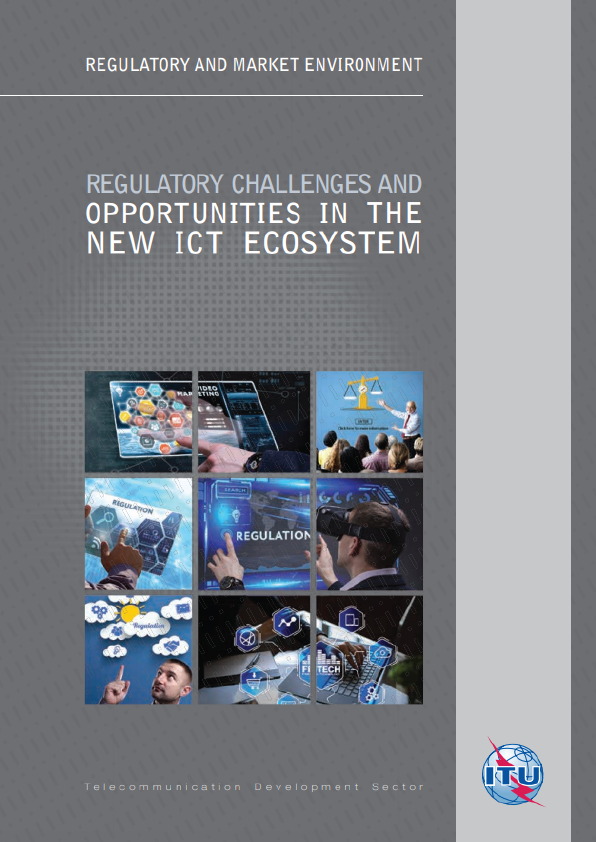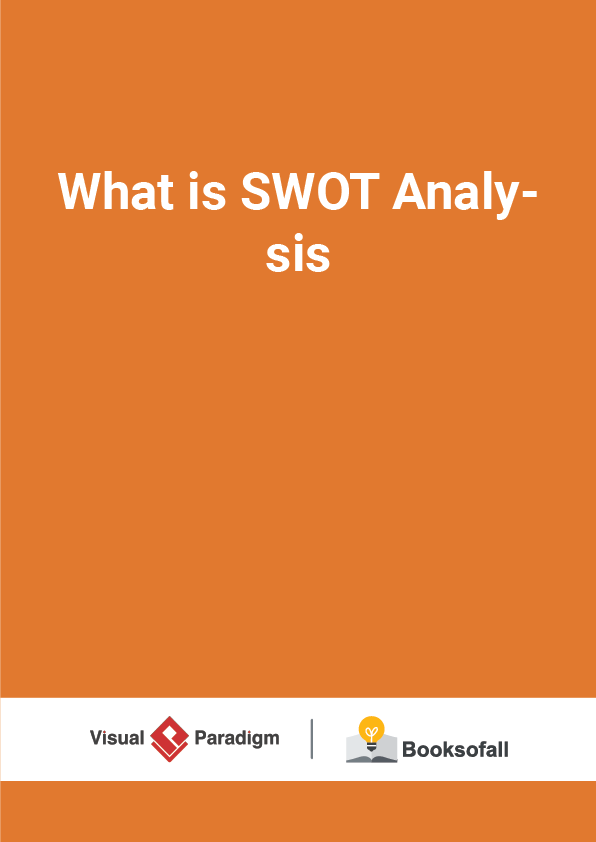The Best Strategy Toolset to Gain Competitive Advantage
18-23 minutes
Some many tools and techniques can be applied to strategy analysis. If you do an internet search you will find all sorts of options available. The challenge is selecting the best approach, tools, and techniques to use given the business problem or opportunity. This article covers 12 essential and the most popular strategy analysis tools for companies to implement their strategic plans and achieve a sustained competitive advantage.
1. Vision Statement
A vision statement identifies where the organization wants or intends to be in the future or where it should be to best meet the needs of the stakeholders. Every project needs a vision to steer itself in a proper direction. A vision serves as a guide for choosing the current as well as the future course of action.
Example Vision Statement
Microsoft’s vision
“To empower people through great software, any time, any place, or any device.”
A vision statement is for the organization and its members, unlike the mission statement which is for the customers and an effective Vision Statement should be:
- It should be unambiguous.
- It should be clear. It should be harmonized with the organization’s culture and values.
- It should be rational/realistic.
- It should be shorter so that they are easier to memorize
Vision Statement
A project or business initiative mostly starts with a vision of the product or system to be developed. The product vision in a project is a brief statement of the desired future state that would be achieved by developing and deploying a product.
A properly envisioned project provides a definitive path that can best fulfill the project’s objectives or goals. It also provides a common understanding of the direction they want to move towards. Besides that, the Product vision also supports the team in prioritizing what features to build first, in what order, and what not to build for the Product.
A nice way to start with your vision statement is by using the vision statement template as shown below (Of course this is just an example to get you started, you don’t have to force your vision into this template):
Project Vision Statement template
An Example: Online shopping mall
2. PEST & PESTEL Analysis
The PEST analysis is a useful tool for understanding market growth or decline, and as such the position, potential and direction for a business. PEST is an acronym for Political, Economic, Social and Technological factors, which are used to assess the market for a business or organizational unit. Sometimes it’s expanded to include legal and environmental factors and called a PESTLE analysis.
PEST Analysis
A PEST analysis guides us to identify effective strategies for setting priority, allocating resources, planning for time and development roadmap and formulating control mechanisms. With this analysis, you can identify potential opportunities and threats associated with your strategy and figure out ways to take advantage of them and avoid them.
PEST Analysis Example
The figure below shows a PEST Analysis example of the new energy vehicles industry.
Edit this PEST Analysis example
PEST Analysis Variants
Traditionally, PEST analysis focuses on political, economic, sociological and technological factors, but increasing awareness of the importance of legal, environmental and cultural factors has led to the evolution of a growing number of variants. For example, PESTLIED – Political, Economic, Socio-Cultural, Technological, Legal, International, Environmental, Demographic.











